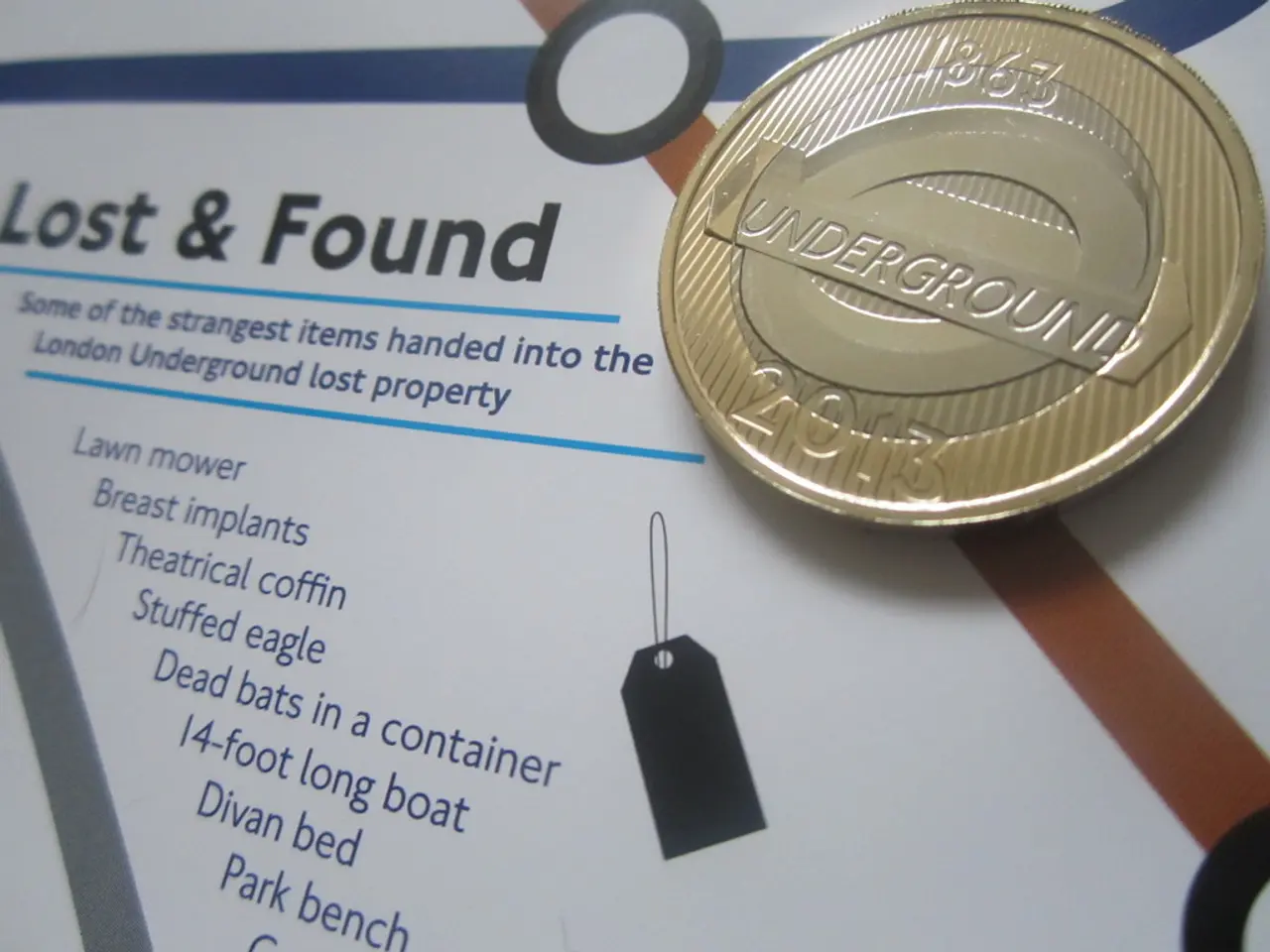Diebold Nixdorf and the European Central Bank Join Forces for a Digital Euro Development Project
The European Central Bank (ECB) is moving forward with its digital euro project, entering an active design and investigation phase that is expected to last 24 months, starting mid-2025 [3][4]. This ambitious endeavour focuses on functional design, prototyping, and integration of digital euro payment functionalities.
In this evolving landscape, Diebold Nixdorf, a global leader in transforming the way people bank and shop, has announced its participation in the ECB's innovation platform as one of about 70 contributors [2]. The company's Vynamic® Transaction Middleware, a cloud-native payments processing solution, will integrate with digital euro interfaces to enable banks to support both existing and new digital payment services seamlessly across ATMs, POS, and e-commerce channels.
Joe Myers, Global Head of Banking at Diebold Nixdorf, supports the ECB as an official partner in shaping the future of digital payments in Europe. Myers views the digital euro as a significant step forward in the European Union, projecting that it will complement existing payment forms, respect privacy rights per the EU Charter, and comply with anti-money laundering regulations [1].
The ECB's innovation platform is focused on exploring digital euro payment functionalities and use cases. Diebold Nixdorf's partnership with the ECB aims to help banks offer the digital euro as a new payment method in the near future, providing customers with a modern, flexible payment experience.
Myers' goal is to help banking customers add new payment methods, such as the digital euro, without rebuilding complicated backend systems across ATM, POS, and e-commerce channels. The Vynamic® Transaction Middleware solution allows banks to achieve this seamlessly, utilising traditional card methods and digital wallets under a single, cloud-based system.
The latest updates on the digital euro project indicate that the ECB approved the selection of providers for the digital euro service platform components in July 2025, showing progress toward establishing the technical infrastructure [4]. The digital euro is anticipated to be introduced around 2026 [1][5], marking a significant milestone in the European Union's digital transformation.
Diebold Nixdorf is listed on the New York Stock Exchange under the symbol DBD. The company's commitment to the ECB's digital euro project underscores its dedication to shaping the future of digital payments and banking in Europe.
References: 1. European Central Bank (2022). Digital euro: a new form of digital money for the euro area. Retrieved from https://www.ecb.europa.eu/paym/digital/html/index.en.html 2. Diebold Nixdorf (2022). Diebold Nixdorf joins European Central Bank's digital euro innovation hub. Retrieved from https://www.dieboldnixdorf.com/en/news/press-releases/diebold-nixdorf-joins-european-central-banks-digital-euro-innovation-hub.html 3. European Central Bank (2021). Digital euro: towards a digital currency for Europe. Retrieved from https://www.ecb.europa.eu/pub/pdf/other/digital-euro-towards-a-digital-currency-for-europe-202102.en.pdf 4. European Central Bank (2022). Digital euro: the next steps. Retrieved from https://www.ecb.europa.eu/paym/digital/html/index.en.html 5. European Central Bank (2022). Digital euro: the way forward. Retrieved from https://www.ecb.europa.eu/paym/digital/html/index.en.html
Diebold Nixdorf, with its focus on banking and shopping transformations, has joined the European Central Bank's (ECB) digital euro innovation platform, collaborating with 70 other contributors [2]. This step aims to equip banks with the capability to support digital euro payment services seamlessly across various channels, including ATMs, POS, and e-commerce [1].
The digital euro project, as part of the European Union's digital transformation, is anticipated to offer a new payment method, integrating technology and financial services [4]. With Diebold Nixdorf's Vynamic® Transaction Middleware on board, the ECB's goals for smooth and modern digital payments are coming into focus [1].




